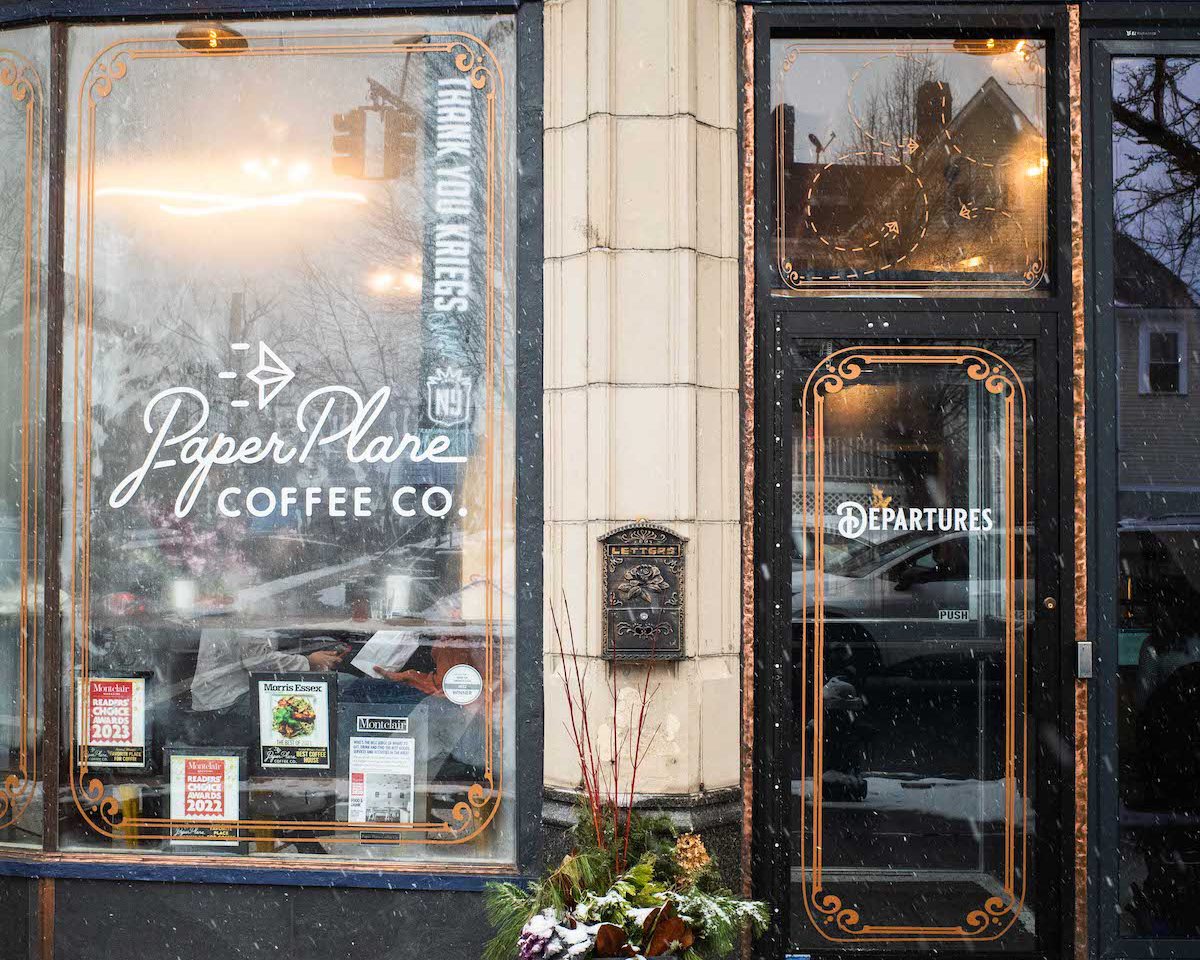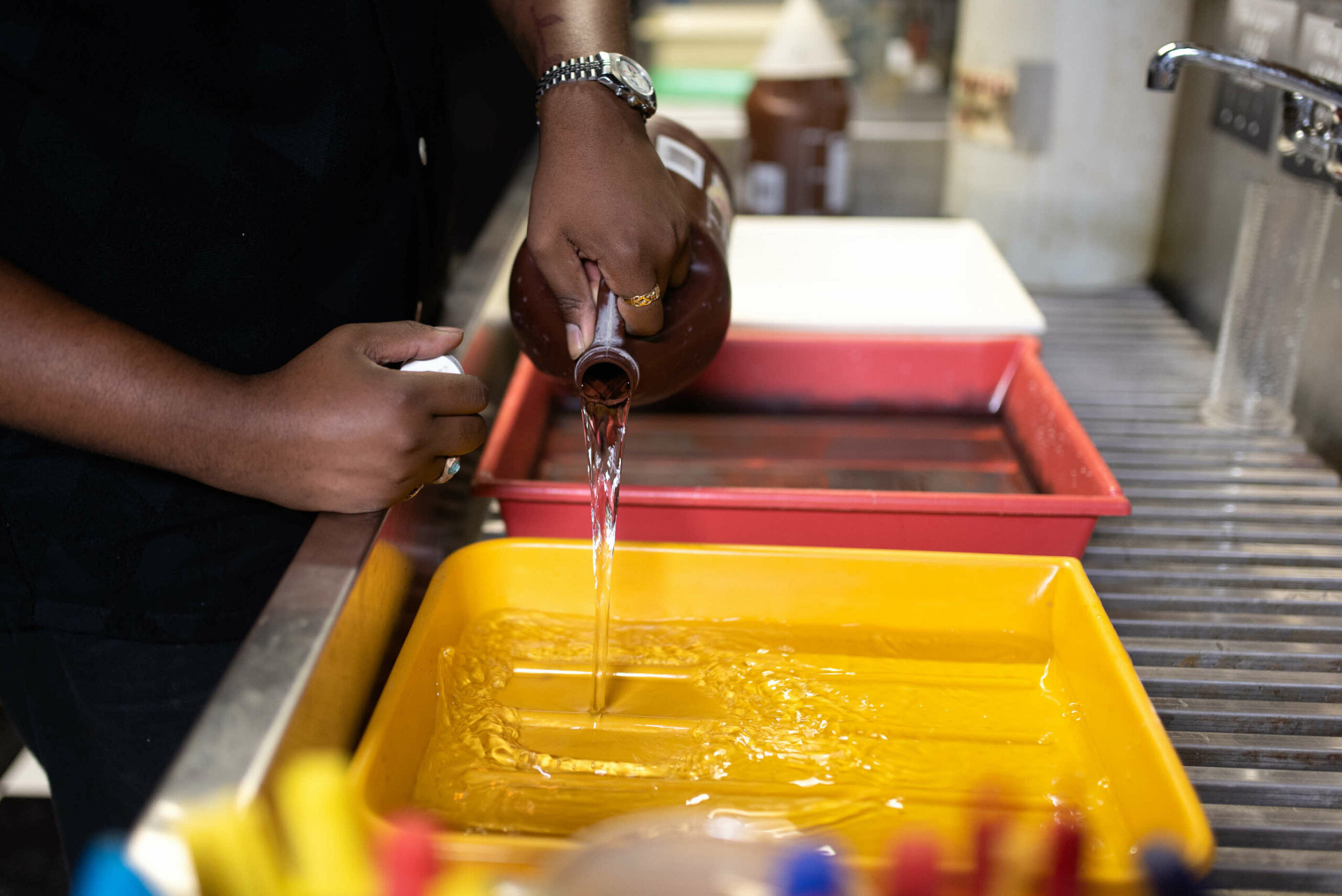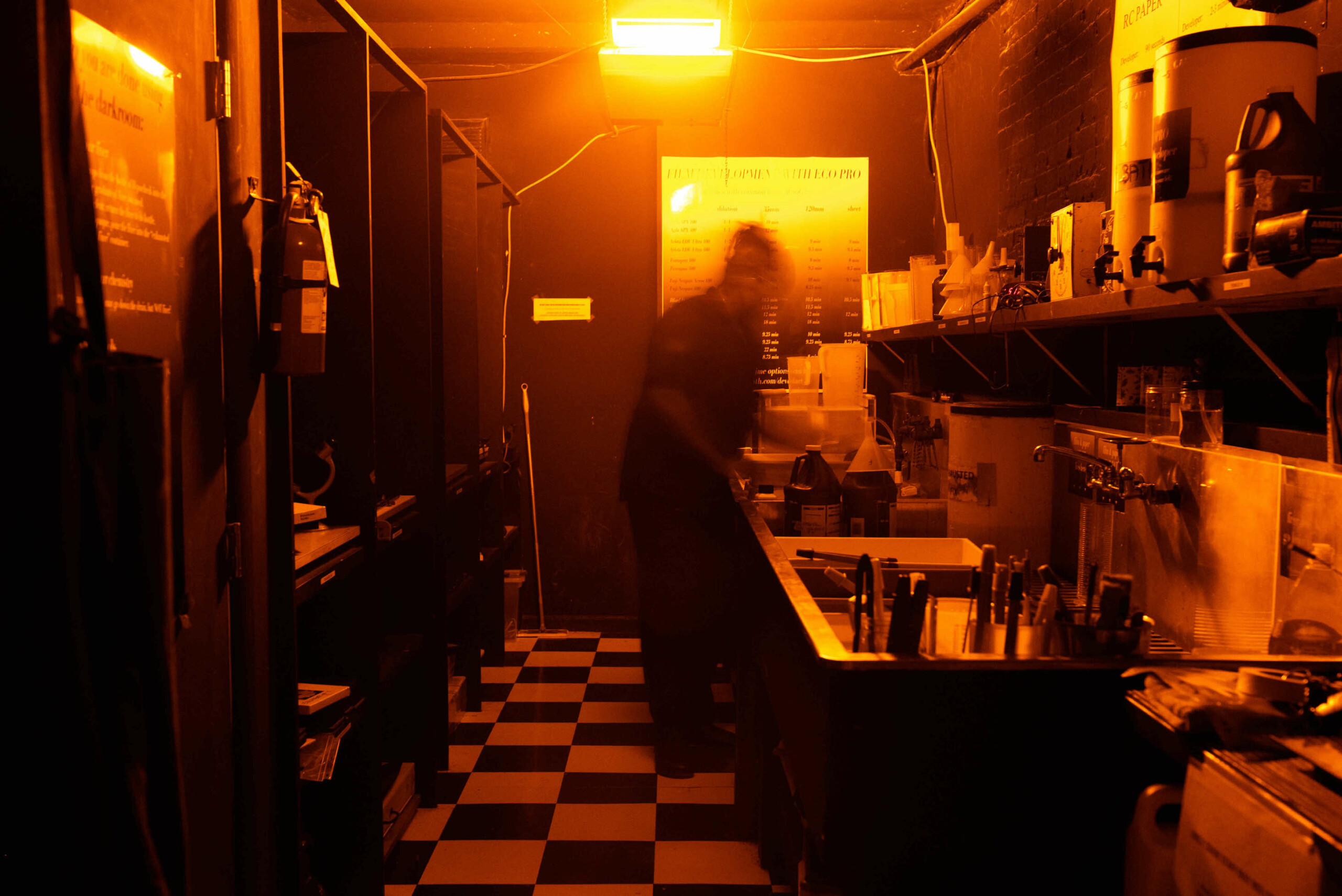For nearly 150 years, photo processing was a chemical method that began with shooting a latent picture on film and ended with a recognizable image in perfect slide or negative. This image was transferred on the photo paper with the famous photographic print.
This photographic action was revolutionized thirty years ago as computer graphics got hype in the 1980s. Digital photography during 1990 allowed the effect to be an electronic procedure, giving exceptional creative space for everyone, from novice to expert, whoever wanted to stand out with distinct techniques.
The words skip bleach, bleach, and bypass ENR refers to a numeral of related processing techniques presently offered by some picture laboratories as a tool for increasing, darkening, contrasting shadows, and facilitating the colour saturation of photos. These techniques describe departures from standard recommended procedures,
Skip-bleach methods may occasionally give you desirable developments from a creative standpoint; photo labs that develop film cannot ensure product version or assume any commitment or liability for every product while treated under a nonstandard situation.
Background Information
Film development technique: Film Development Techniques are utilized in specific film production houses to create unique looks or attitudes. They are performed by a mixture of techniques that allow few or all of the photograph silver, which is usually removed by using bleaching and then fixing it with retained in the film with the picture dyes. This retained silver improves the contrast of every image and reduces the colour saturation with the addition of Gray or sometimes black to that dye image.
Skip-bleach techniques : This technique are applied to filter the camera’s actual negative, the intermediate positive or IP, the duplicate negative or DN, and the final print or any combination of these steps.Different effects are achieved regarding which action the skip-bleach technique is involved. When used to an actual negative, the product noticed on a print created from the negative consequences in lighter and maybe blown-out highlights, increased contrast, and possibly higher graininess. While applied to print, the outcomes are mainly noticed in the shadows, which might be darker, more prosperous, with higher contrast, minor detail (blocked-in), and customized with desaturated softened colours. These results might be very scene-conditional.
There is a typical assumption that if a skip-bleach technique is operated with the camera’s actual film for film development and is determined to be impaired, the film might be recovered typically to fix its goodness. Reprocessing of the camera’s actual film places it at stake because of additional handling and might be done only as a final resort.
Additional features: Additionally, any assistance was made for skip-bleach in the film’s orientation, such as using flat lighting or underexposure to compensate for the advanced density and difference caused by using retained silver. This reprocessing can remove the retained silver that produces a delicate, underexposed balanced negative with higher grain and possibly smoky shadows.
This Skip-bleach technique affects tone reproduction, film sensitometry, highlight and shadow quality, and colour saturation, with LAD values, process control, telecine transfer version, film handling effects, heat absorption during projection and printing, and dye stability.

























